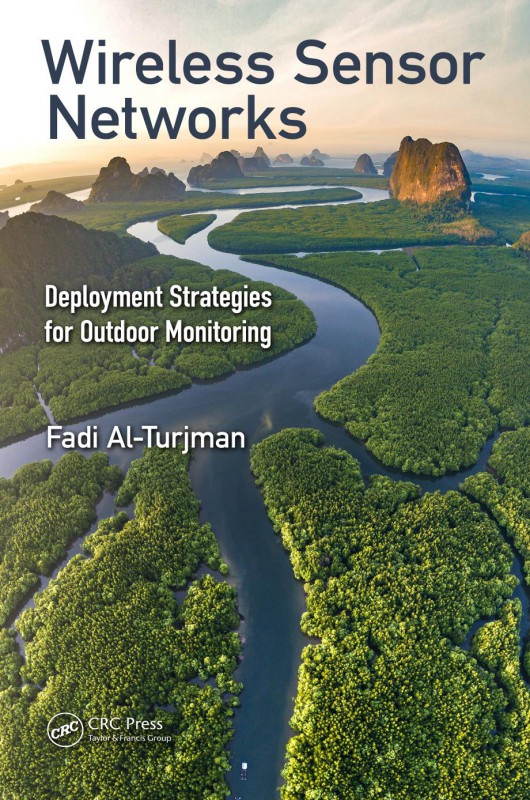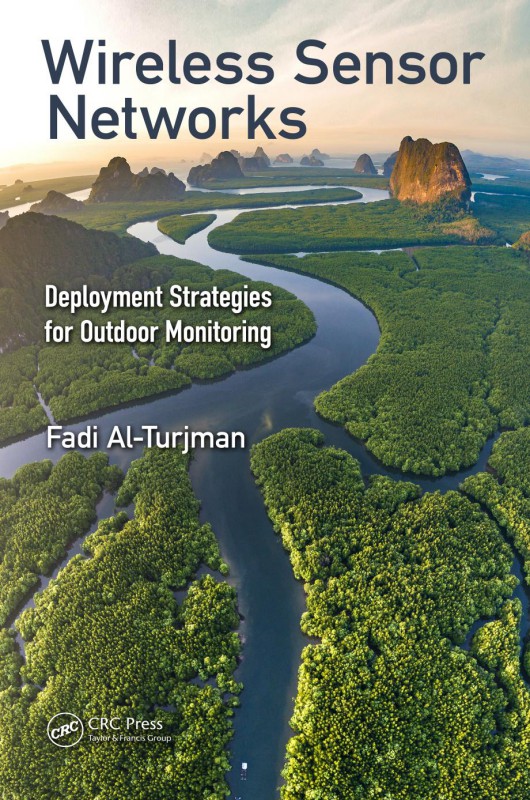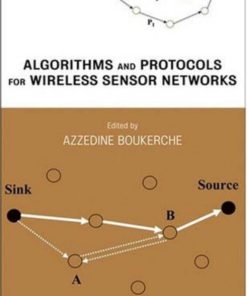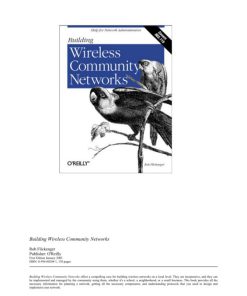(Ebook PDF) Wireless Sensor Networks Deployment Strategies for Outdoor Monitoring 1st edition by Fadi Al Turjman 1351207016 9781351207010 full chapters
Original price was: $50.00.$25.00Current price is: $25.00.
Authors:Fadi Al-Turjman , Series:Computer Science [9] , Tags:Computer Sciences , Author sort:Al-Turjman, Fadi , Ids:9780367572334 , Languages:Languages:eng , Published:Published:Jun 2020 , Publisher:Taylor & Francis Group , Comments:Comments:Wireless Sensor Networks (WSNs) overcome the difficulties of other monitoring systems because they require no human attendance on site, provide real time interaction with events, and maintain efficient cost and power operations. However, further efficiencies are required especially in the case of Outdoor Environment Monitoring (OEM) applications due to their harsh operational conditions, huge targeted areas, limited energy budgets, and required three-dimensional (3-D) setups. A fundamental issue in defeating these practical challenges is the deployment planning of the WSNs. The deployment plan is a key factor of many intrinsic properties of OEM networks, summarized in connectivity, lifetime, fault-tolerance, and cost-effectiveness. Wireless Sensor Networks: Deployment Strategies for Outdoor Monitoring investigates the problem of WSN deployments that address these properties in order to overcome the unique challenges and circumstances in OEM applications. Wireless Sensor Networks: Deployment Strategies for Outdoor Monitoring aims primarily at optimizing the WSN deployment in OEM applications by exploiting static/mobile Relay Nodes (RN) in grid-based deployments. It studies the optimization problem when Sensor Nodes (SN) positions are known in advance and static RN are utilized. Afterward, it examines a more complicated scenario where SN positions are anonymous and a hybrid of static and mobile relay nodes are in use. Accordingly, it presents novel deployment schemes (strategies) to place the set of RN/SN on any grid model in these scenarios. Wireless Sensor Networks: Deployment Strategies for Outdoor Monitoring highlights relevant background and related work in the literature. Then, it introduces a novel 3-D deployment strategy, called Optimized 3-D Grid deployment with Lifetime Constraint (O3DwLC), for relay nodes in environmental applications. After the introduction, it proposes two Optimized Relay Placement (ORP) strategies with the objective of federating disjoint WSN sectors with the maximum connectivity under a cost constraint on the total number of RNs to be deployed. It then proposes a 3-D grid-based deployment for relay nodes in which the relays are efficiently placed on grid vertices, and elaborates further on this strategy where the hexagonal virtual grid is assumed instead of the square one. Finally, it proposes a 3-D grid-based deployment for heterogeneous WSN, consisting of SN, RN, and MRN. Wireless Sensor Networks: Deployment Strategies for Outdoor Monitoring provides guidelines for device deployment of typical heterogeneous WSN in OEM applications. Book jacket.













